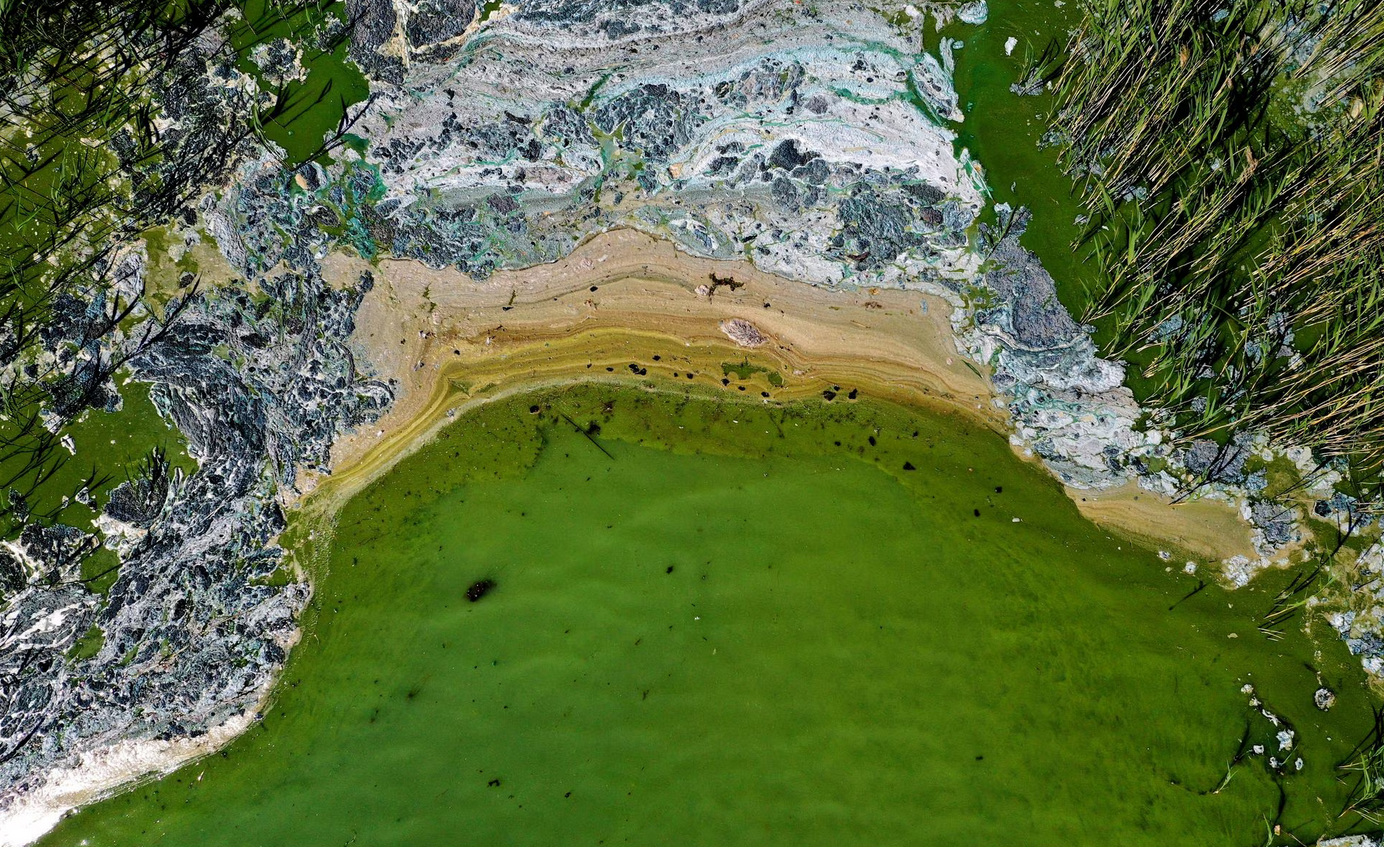MI weekly selection #504

Phytoplankton increasingly blooming on coastlines
Phytoplankton blooms increased around 13% in extent and occurred 59% more often along global coastlines between 2003 and 2020. The microscopic algae are both beneficial to fisheries and potentially dangerous for marine animals in large amounts, researchers note, and the increase in phytoplankton blooms is caused by warmer ocean temperatures, changes in ocean circulation and impacts from agriculture and aquaculture.
Full Story: Reuters
Dolphins, orcas use “vocal fry” in echolocation
Toothed whales such as bottlenose dolphins and orcas use a lower register known as “vocal fry” in echolocation communication when hunting for prey. In a study, marine researchers report that toothed whales use a nose structure called phonic lips to produce different vocalizations and the animals likely have different vocal registers that create various sounds.
Full Story: National Public Radio
Quake model focuses on faults with irregular patterns
A new earthquake forecasting model considers the timing of previous quakes on a fault to help predict larger ones. The method could help anticipate major quakes on faults that follow irregular patterns. The model, tested on the southern San Andreas Fault, examines the deformation of rocks surrounding a fault and the buildup of strain, say researchers, who recommend their model be used in conjunction with others.
Full Story: Eos
Bioinformatics to fight medical unconscious bias
UnBIASED is a set of tools that give feedback in real time to help health care professionals recognize and overcome unconscious biases that affect patient care. The researchers are working with primary care providers and people from historically underrepresented groups to create new education and training models, objective tests and tools to reduce bias and support equitable care.
Full Story: Science
Carbon-absorbing ecosystems are becoming less effective
Forests and other ecosystems that absorb carbon dioxide are becoming less stable as climate change contributes to drying soils and nitrogen deficiencies for plants. Researchers found that the land carbon sink is undergoing systemic changes that reduce the amount of carbon absorbed and identified regions of concern: India, the Mediterranean, eastern Africa, Southeast Asia and the western coasts of North and Central America.
Full Story: BNN Bloomberg